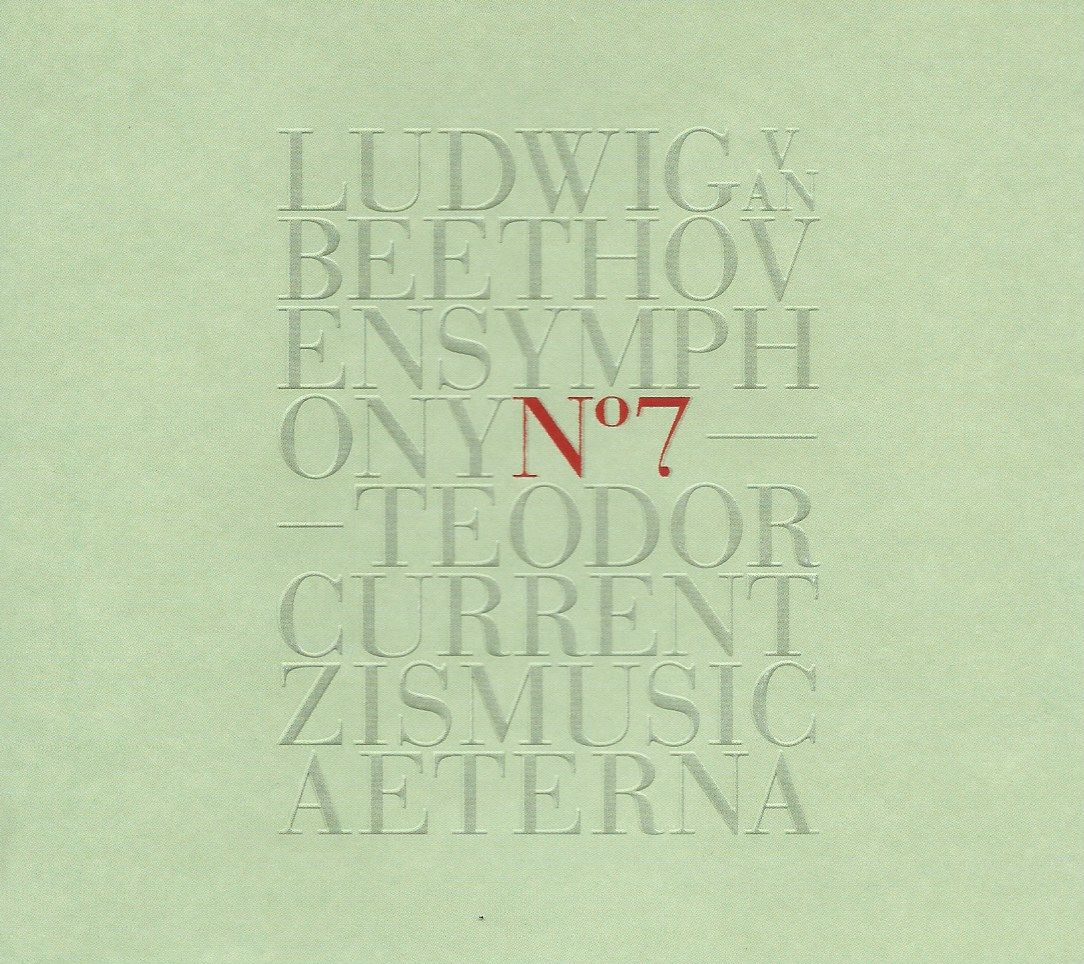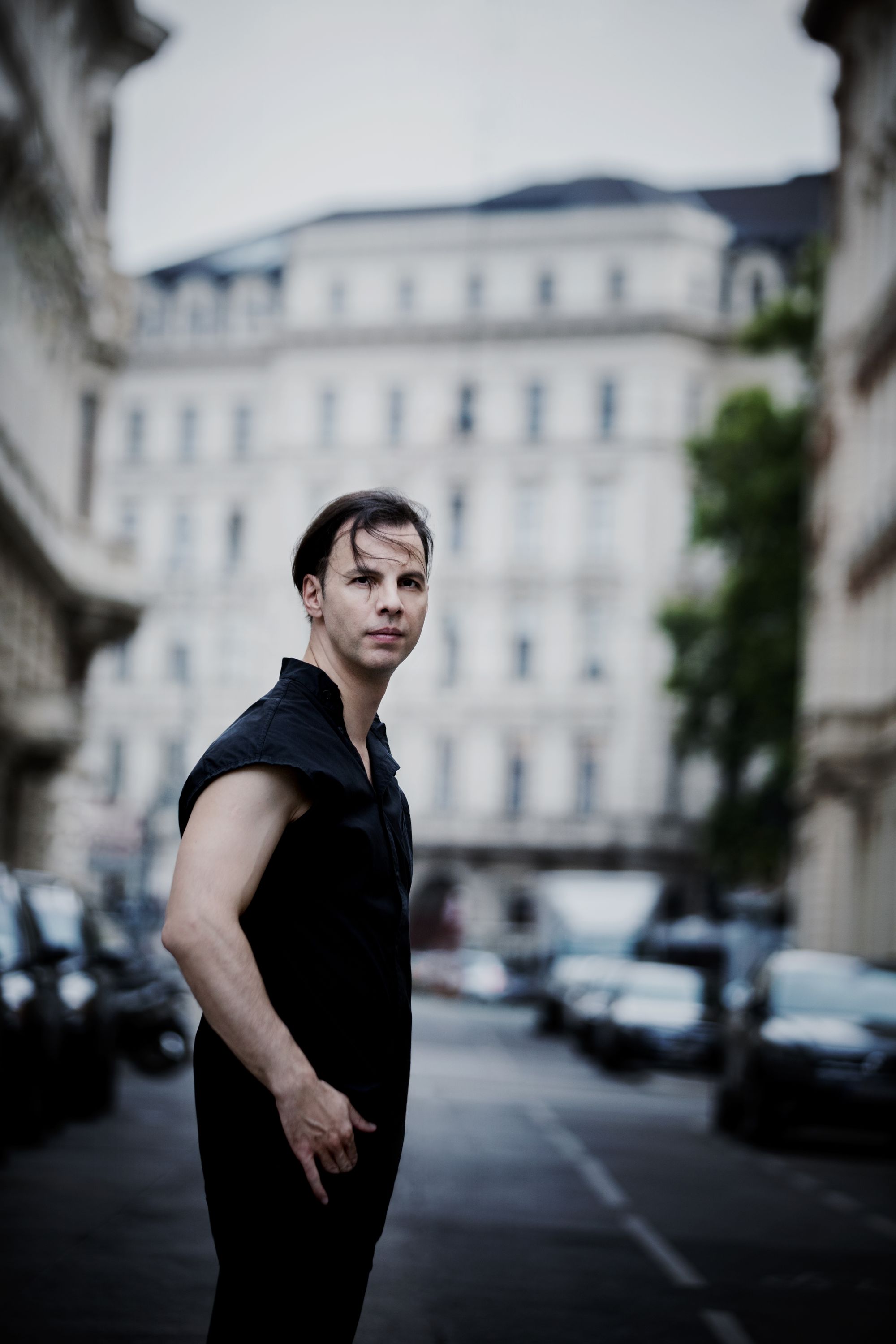The return of Currentzis: Beethoven Seventh

There are very few discs that, when they arrive, cause one to drop everything, head to the player and listen straight away. This is one such disc.
Regular readers may remember that, some nine months ago, Classical Explorer began its journeyings with Currentzis' Beethoven Fifth. Currentzis is probably the only conductor alive today that could issue core repertoire such as Beethoven 7 with no filler on a major label at full price (although do note it is discounted at the Amazon link below at the time of writing).

Teodor Currentzis clearly thinks on grand scales. While visiting the Parthenon and studying its colonnades, the conductor was minded of Beethoven, who indeed knew the great Greek tragedies. Architecture - structure - is vital in Beethoven; Curentzis expands on this and says that he wanted "an architecture that uncovers spirituality, not a spiritual approach that tries to find the architecture"; a vital distinction. Currentzis likens Beethoven's Seventh Symphony to Doric architecture; and to maintain proportion, it's only right that the exposition repeat is observed (it is).We hear a dance-like spring to the dotted rhythms, and just as importantly we hear every detail from his orchestra, musicAeterna. There are woodwind lines that have a preternatural freshness, simply because they so often get buried:
Currentzis refers to the famous second movement Allegretto as a "sacred dance". One listen and you see what he means; this is a ritualistic, slowly turning processional from which only that clarinet melody offers consolation. Currentzis' rhythmic control is total; the recording aids and abets the conductor's sculpting of the movement, almost inaudible at the start, blazing at the climax:
The Scherzo is positively infernal in aspect, the Trio balm, yes, but with no huge slowing:
When it comes to the finale, Currentzis' attention to detail is once more evident; his emphasis is on the dance, so some might find this less exciting than, say, Carlos Kleiber/Vienna Philharmonic on DG. It allows Currentzis, though, to lessen the tension at various points (the perfectly calibrated diminuendi); and again, we hear detail that eludes so many others (woodwind descents in tuttis, this time, or the bassoon staccato that usually gets lost immediately after huge sforzati). But is the trumpet attack just slightly off at 7'57 (and again in the very next bar)?.
This is a Beethoven Seventh considered anew; and as such, we experience it anew. The recording information indicates a spread of some nine days (!) in the in the Großer Saal of the Wiener Konzerthaus (Vienna) in the Summer of 2018.
